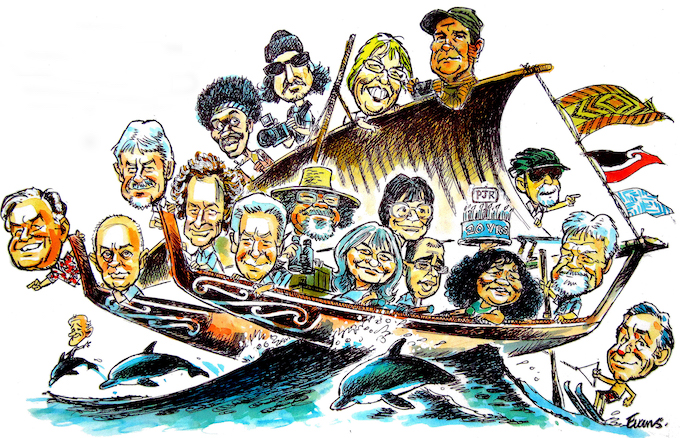By David Robie in the Okinawan Journal of Island Studies
For more than a decade, the pioneering Pacific Media Centre at Aotearoa’s Auckland University of Technology led the way in journalism research and publication, publishing the globally ranked peer-reviewed journal Pacific Journalism Review, monographs, and a series of media and social justice books and documentaries.
Perhaps even more important was the centre’s role in nurturing young and challenging Asia-Pacific student journalists and communicators seeking social change and providing them with the opportunity, support, and encouragement to enable them to become confident changemakers and community advocates.
This article is a case study of a style of academic advocacy and activism that was characterised by its own multiethnic stakeholders’ advisory board as “the voice of the voiceless.”
A feature was the “Talanoa journalism” model (Robie, 2014), focused more on grassroots people and community resilience, especially faced with the global covid-19 pandemic and climate crisis.
The inspired initiative ended with a change of management to a more neoliberal approach to education at the university with scant appreciation for the vision.
Pacific Media Centre 10 years on – journalism under duress. Video: Sasya Wreksono/PMC
- Read the full article – OJIS ‘Special Issue on Island Activisms’
- Robie, D. (2023). ‘Voice of the Voiceless’: The Pacific Media Centre as a case study of academic and research advocacy and activism, Okinawan Journal of Island Studies, 4(2): 27-52. DOI: doi.org/10.24564/0002019736


